EPJ H Highlight - Revisiting Clebsch’s early papers
- Details
- Published on 03 August 2021

New analysis of two recently translated papers, first published in the 1850s, assesses the early methods used by Alfred Clebsch to describe the flow of incompressible fluids, and explores their impact on active areas of cutting-edge research
Alfred Clebsch is widely considered to be one of the fathers of algebraic geometry. Born in Prussia in 1833, he completed his PhD at just 21, and went on to publish two important papers soon afterwards, in 1857 and 1859. In these studies, he introduced mathematical constructs that are now called ‘Clebsch variables,’ which describe the velocity field of a fluid, and which are widely cited. Now, a team of researchers in France, Germany, the US and Brazil present the first English translations of Clebsch’s two early papers after more than 160 years. In an accompanying study published in EPJ H, important new explanations are provided for the difficult language of the papers.
EPJ H Highlight - Investigating heavy quark physics with the LHCb experiment
- Details
- Published on 15 April 2021

In ten years of operation the LHCb experiment has probed the nature of physics attempting to answer some of the Universe’s most fundamental questions. A new review examines its past achievements and future potential.
A new review published in EPJ H by Clara Matteuzzi, Research Director at the National Institute for Nuclear Physics (INFN) and former tenured professor at the University of Milan, and her colleagues, examines almost three decades of the LHCb experiment – from its conception to operation at the Large Hadron Collider (LHC) – documenting its achievements and future potential.
EPJ H Highlight - Tracking the progress of fusion power through 60 years of neutral particle analysis
- Details
- Published on 14 April 2021
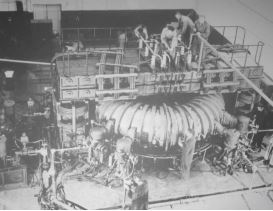
Harnessing the fusion power of the stars requires the control of plasma and a powerful diagnostic tool to analyse it
As the world’s energy demands grow, so too does growing concern over the environmental impact of power production. The need for a safe, clean, and reliable energy source has never been clearer. Fusion power could fulfil such a need. A review paper published in EPJ H examines the 6-decade history of neutral particle analysis (NPA), developed in Ioffe Institute, Saint Petersburg, Russia, a vital diagnostic tool used in magnetic plasma confinement devices such as tokamaks that will house the nuclear fusion process and generate the clean energy of the future.
EPJ H Highlight - Effective Field Theories and the Nature of the Universe
- Details
- Published on 23 March 2021

© Larry D. Moore CC BY-SA 3.0 https://commons.wikimedia.org/wiki/ File:Steven_weinberg_2010.jpg
Effective Field Theories were introduced to simplify the mathematics involved in unifying interactions into the Standard Model of particle physics. An article in EPJ H presents Nobel Laureate Steven Weinberg’s recent lecture on the development of these theories.
What is the world made of? This question, which goes back millennia, was revisited by theoretical physicist Steven Weinberg from the University of Texas in Austin, TX, USA in the first of an international seminar series, ‘All Things EFT’. Weinberg’s seminar has now been published as an article in the journal EPJ H.
EPJ H Highlight - A question of reality
- Details
- Published on 24 September 2020
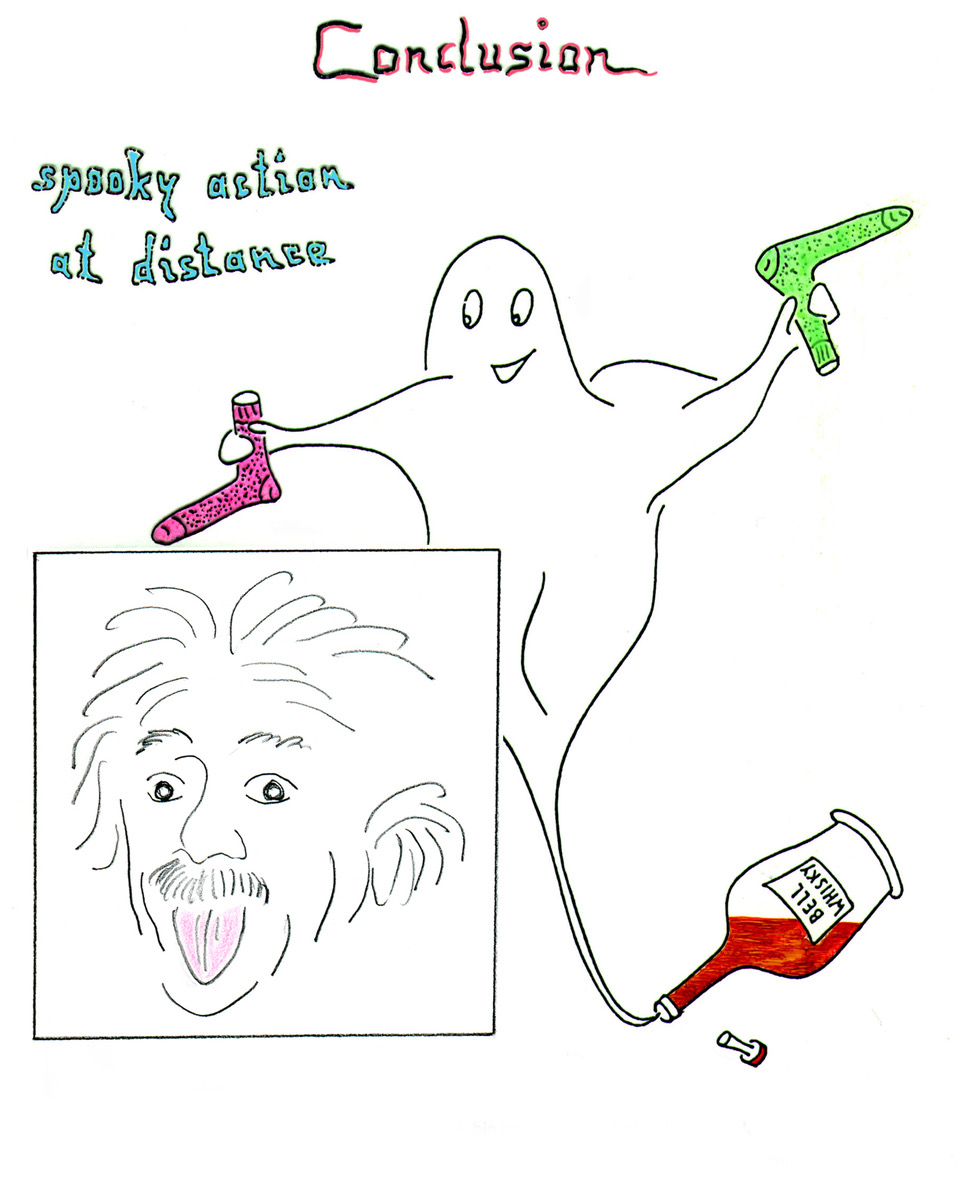
John Stewart Bell’s eponymous theorem and inequalities set out, mathematically, the contrast between quantum mechanical theories and local realism. They are used in quantum information, which has evolving applications in security, cryptography and quantum computing.
The distinguished quantum physicist John Stewart Bell (1928-1990) is best known for the eponymous theorem that proved current understanding of quantum mechanics to be incompatible with local hidden variable theories. Thirty years after his death, his long-standing collaborator Reinhold Bertlmann of the University of Vienna, Austria, has reviewed his thinking in a paper for EPJ H, ‘Real or Not Real: That is the question’. In this historical and personal account, Bertlmann aims to introduce his readers to Bell’s concepts of reality and contrast them with some of his own ideas of virtuality.
EPJ H – Appoints new Editors-in-Chief
- Details
- Published on 01 April 2020

The European Physical Journal H – Historical Perspectives on Contemporary Physics (EPJ H) is pleased to announce the appointment of Professor James Wells and Dr. Michael Eckert as joint Editors-in-Chief as of 1 April 2020.
EPJ H Highlight - Unpacking the mystery of Feynman’s reference amplifier
- Details
- Published on 13 December 2019
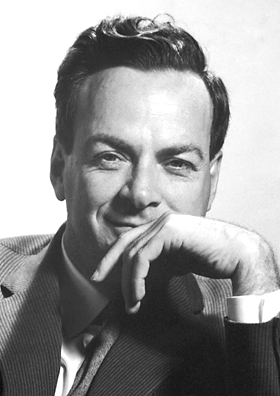
A review of lectures given by Feynman between 1946 and 1971 showcase the strong influence that his involvement in the Manhattan Project held on his research, while revealing an intriguing mystery surrounding one particular amplifier device.
Richard Feynman was one of the 20th century’s most celebrated physicists. In 1943, he began his career in the Manhattan Project, where one of his tasks was to develop a device which could count the neutrons produced by nuclear reactions. Neutron signals emerging from counters must be strongly amplified to achieve this, but in the 1940s, practical amplification devices were hindered by their distorted signals. To overcome the issue, Feynman proposed a theoretical ‘reference amplifier’, which could provide amplifiers with a standard signal to be compared with. Through analysis published in EPJ H, researchers at the University of Naples, Italy, propose that this line of research exemplifies the influence which Feynman’s involvement in the Manhattan Project held over his later teaching and research.
Special Day to honour Uriel Frisch at Festival de Théorie, Aix-en-Provence, 8 July 2019
- Details
- Published on 10 July 2019
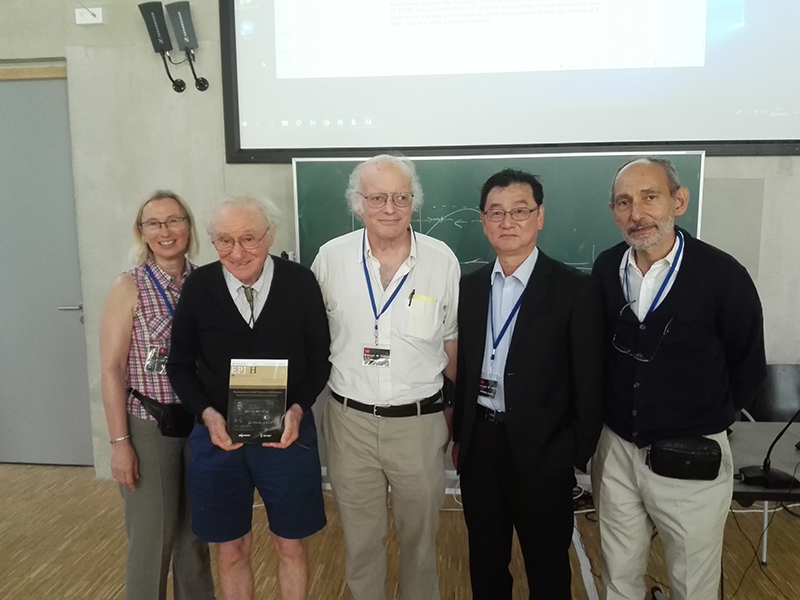
The Festival de Théorie is held every two years in Aix-en-Provence and aims at fostering interdisciplinary research activity in the field of magnetised plasmas – including controlled fusion, space and astrophysics, with connections to fluid mechanics and geophysics, among others. Monday, 8 July 2019 was a special day devoted to honour Uriel Frisch who has recently edited a special issue on “Plasma physics in the 20th century as told by players” together with Pat Diamond and Yves Pomeau published in EPJH (link). The morning session started with an introduction by Pat Diamond, followed by lectures from Yves Pomeau, Roald Sagdeev, who had been interviewed for the special issue, and Sergey Nazarenko. The afternoon session was introduced by Sabine Lehr, in charge of the publication of the special issue at SpringerNature. It was followed by lectures from Fritz Wagner and Mitsuru Kikuchi, who had both contributed to the special issue, as well as from Jean Jacquinot who addressed aspects of Guy Laval’s contribution to this same issue. Afterwards there was a lively discussion.
Click here to access and read the special issue freely until the end of July 2019.
EPJ H Editor Helge Kragh receives 2019 Abraham Pais Prize for History of Physics
- Details
- Published on 06 May 2019
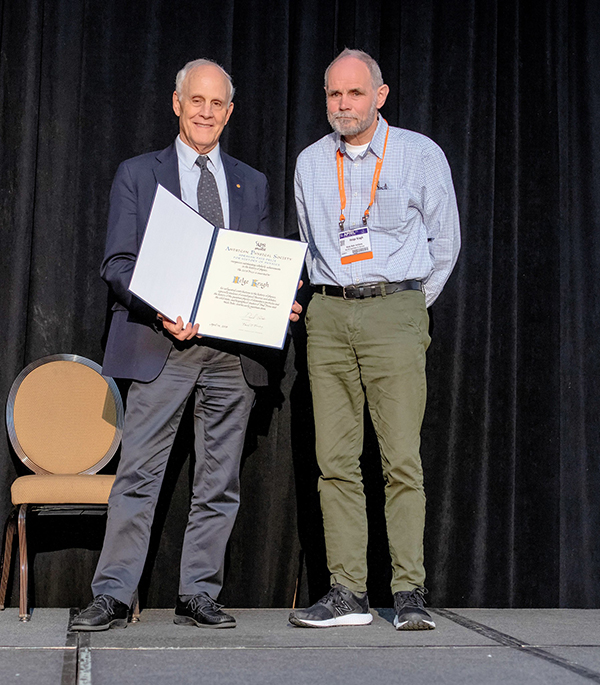
The Abraham Pais Prize for History of Physics is given annually to recognize outstanding scholarly achievements in the history of physics.
Helge Kragh, who is an Editor of EPJ H and author of the recently published SpringerBriefs “From Transuranic to Superheavy Elements - A Story of Dispute and Creation”, received the 2019 Abraham Pais Prize for History of Physics for "influential contributions to the history of physics, especially analyses of cosmological theories and debates, the history of the quantum physics of elementary particles and the solid state, and biographical studies of Paul Dirac and Niels Bohr, and his early quantum atom".
EPJ H Highlight - Traveling-wave tubes: The unsung heroes of space exploration
- Details
- Published on 26 March 2019

An invention from the 1950s is still being used today
What do televisions and space exploration have in common? No, we’re not talking about a cheesy physics joke; rather, this is the story of an often-overlooked piece of equipment that deserves a place in the annals of telecommunication history. Some would argue that the traveling-wave tube (TWT) has not received the recognition it deserves when it comes to the history of space travel and communications – until now. A group of researchers based at the Aix-Marseille Université in France has published a review looking into the history of TWTs, recently published in EPJ H.




